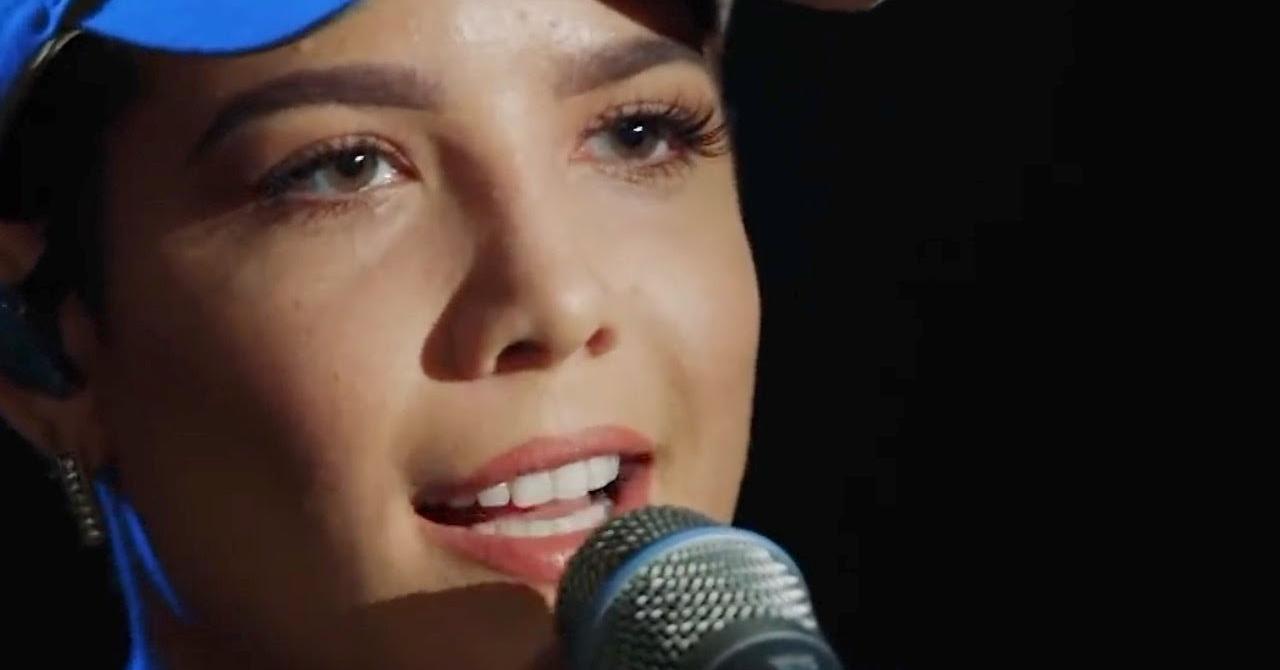Are you curious to know what is cursive singing? You have come to the right place as I am going to tell you everything about cursive singing in a very simple explanation. Without further discussion let’s begin to know what is cursive singing?
Music, with its power to evoke emotions and touch the soul, is a universal language that transcends boundaries. Within the world of music lies a fascinating technique known as “cursive singing.” Just as cursive writing adds a unique flourish to words, cursive singing brings a distinct dimension to musical performance. In this blog, we’ll delve into the world of cursive singing, understanding its essence, techniques, and the ways it enriches the musical experience.
What Is Cursive Singing?
Cursive singing is a term that metaphorically draws a parallel between the flowing, connected strokes of cursive writing and the continuous, smooth phrasing of a singer’s performance. Just as cursive writing imparts elegance to written words, cursive singing imparts grace and fluidity to vocal melodies. It involves creating seamless connections between notes, phrases, and words to enhance the musical narrative.
The Essence Of Cursive Singing
At its core, cursive singing emphasizes the importance of maintaining a consistent flow and connection throughout a musical piece. Instead of approaching each note or phrase in isolation, cursive singing encourages singers to embrace a sense of continuity, creating a musical journey that feels cohesive and emotionally engaging.
Techniques Of Cursive Singing
- Smooth Transitions: Cursive singing requires the careful navigation of transitions between notes and phrases. The aim is to eliminate abrupt shifts and create a seamless progression that captivates the audience.
- Breath Control: Proper breath control is essential for cursive singing. Smooth and controlled breaths ensure that the vocal phrases remain connected and uninterrupted.
- Dynamic Variations: Incorporating dynamic variations adds depth and dimension to cursive singing. Gradual crescendos, decrescendos, and nuanced changes in volume contribute to the expressive quality of the performance.
- Phrasing: Cursive singing involves thoughtful phrasing, where singers identify natural points of connection between phrases, allowing for a continuous and flowing delivery.
- Emotional Engagement: Cursive singing encourages singers to infuse emotions into their performance, creating a captivating narrative that resonates with listeners.
Enriching The Musical Experience
- Expressive Storytelling: Cursive singing elevates musical storytelling, allowing singers to communicate the emotions and themes of a song with authenticity.
- Audience Connection: The seamless and expressive delivery of cursive singing fosters a stronger connection between performers and their audience, captivating listeners with the beauty of the music.
- Artistic Interpretation: Cursive singing gives singers the freedom to interpret and shape the music in a way that aligns with their artistic sensibilities, adding a personal touch to the performance.
- Versatility: Cursive singing can be applied across various musical genres, from classical and opera to contemporary and popular styles, enhancing the stylistic integrity of each.
Conclusion
Cursive singing is a testament to the artistry and dedication of vocalists who strive to create not just notes, but a flowing tapestry of emotions through their performances. Just as cursive writing adds a layer of elegance and personality to words, cursive singing brings an element of finesse and emotive depth to music. As singers embrace the techniques and essence of cursive singing, they contribute to the enchanting world of musical expression, leaving audiences touched and moved by the beauty of their performances.
To Find Out About Such Things Follow On AndActivate.
FAQ
What Does Cursive Mean In Singing?
Cursive singing is a pretty new term that just popped up within the last decade of music. What is it, exactly? It is a stylistic approach that some singers take in their performance to enhance their sound with long (and sometimes strange) vowels, vocal fry, lack of diction, and note sliding.
Does Billie Eilish Sing In Cursive?
“Some examples of artists that have gone all-in on cursive singing are Halsey, Billie Eilish, Melanie Martinez, Selena Gomez, Lorde, Tones and I, Shawn Mendes, Amy Winehouse, Sia, and Grandson.”
What Singers Sing In Cursive?
First coined by Twitter user @TRACKDROPPA back in 2009, writing “Voice so smooth its [sic] like I’m singing in cursive..”, the term was interpreted to be in reference to Corinne Bailey Rae and Amy Winehouse, whose nostalgic but modern combination of jazz and vocal fry dominated the late 00s and has dominated pop music …
Is Cursive A Good Skill?
Some benefits of cursive: 1) it trains the brain to learn functional specialization, 2) it improves memory, 3) it improves fine motors skills, meaning that students who have illegible print, often have legible cursive handwriting .
I Have Covered All The Following Queries And Topics In The Above Article
What Is Singing In Cursive
What Is Singing In Cursive Mean
What Is Singing Cursive
What Is Cursive Singing
What is cursive singing?
